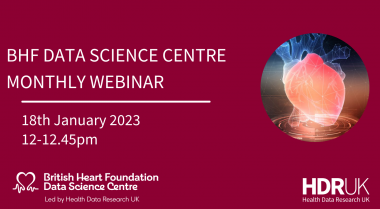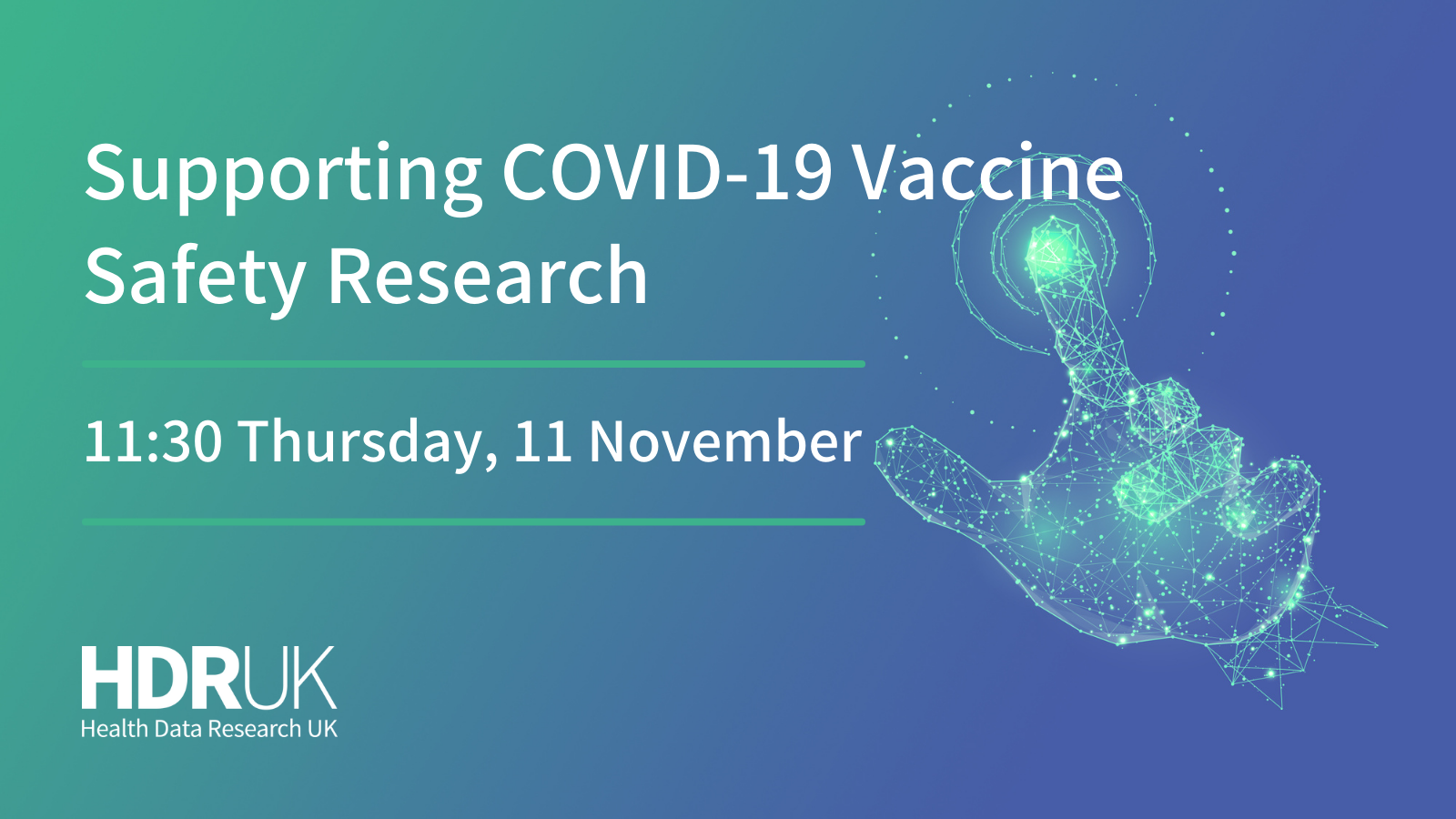The generation gap: age and COVID-19 risk
25 August 2020
Many frazzled parents who’ve been juggling work and home schooling during the COVID-19 lockdown have been anxious to know when schools might fully re-open. The UK government has said that all children will return to school in September. But how safe is it for them to do so?
A recent study of COVID-19 cases from six countries suggests that children and those under 20 are half as likely to become infected than older adults. The study was co-authored by Dr Rosalind Eggo from the London School of Hygiene and Tropical Medicine (LSHTM), a UKRI-funded Health Data Research UK Fellow.
She explains: “We had seen that right from the very earliest phase of the epidemic in Wuhan there were very few reports of children being infected.
“We wanted to understand if this was because the children are getting infected but they’re not getting ill, and so that’s why they’re not getting reported – or are they not getting it in the first place?”
In search of answers, the research team, led by LSHTM’s Dr Nicholas Davies, collated publicly available data on cases of COVID-19, provided in scientific research papers or websites. The data included patients’ ages and clinical symptoms but were not linked to any information that could identify the people involved.
The team developed a mathematical model of how the virus could be passed from person to person, which could be sliced and diced by age group. They fitted the model to the data they had collated, which mainly came from the first countries to be affected by the outbreak: China, South Korea, Singapore, Canada, Japan and Italy.
To visualise how people of different ages in the gathered data were mixing with one another, the researchers created something known in the epidemiology world as a ‘contacts matrix’.
Rosalind explains, “Along the bottom of the matrix you have the age of the contacts and going up the side you have the age of the people that they’re mixing with. Then the entries in that square tell you the intensity of contacts between each age. So if, for example, you close schools, then the number of contacts between children will go down.”
A typical contact matrix – from Rajaram et al (2017), CC-BY-40
When the researchers looked at the timings of measures to control the virus’s spread, such as school closures or lockdown, and checked them against their matrix they found that children appeared to be about half as susceptible to picking up the infection as adults.
“That has really big implications for how we can try and control the epidemic,” Rosalind says. “So if children aren’t getting infected then interventions aimed at them such as the closure of schools wouldn’t have such a big effect.”
What’s more, the study showed that younger people were less likely than the older adults to show the clinical symptoms of the infection – such as fever and dry cough. Around two in ten 10 to 20 year olds in the study showed clinical symptoms, compared with around seven in every ten 70 year olds.
The team has since carried out a review of data from more than 6,000 international studies of COVID-19 – the largest analysis of its kind – to further understand infection and transmission of the virus in children.
Its findings backed up those from their earlier study, showing that children and young people had 56% lower odds of catching COVID-19 from an infected person compared with people aged over 20.
But there are still many unknowns. As yet, we don’t know why children seem to be less susceptible to the infection.
Rosalind adds, “The major problem with answering these questions is that there are very limited data available. A lot of the studies in our larger analysis come from China, which is because they had the early epidemic and a lot of good epidemiological investigation happened there.
“But if we are looking for a biological mechanism or effect, if all of your studies come from only one place you don’t know if it’s going to hold up everywhere. So we need more data to really understand what’s going on, from a range of different countries and locations.”
Children returning to school in September in the UK and elsewhere could present an opportunity to gather more useful data about the risks of COVID-19 transmission in schools, families and the wider community.
“All the data in the study came from countries where schools had already closed,” Rosalind explains. “If we could use data from places where schools didn’t close, or have re-opened, then that would also help us understand a bit better the role of children in transmission.”
Health Data Research UK is working to make health data securely and safely accessible for research to improve people’s lives. Find out more at hdruk.ac.uk, and follow on Twitter @hdr_uk and LinkedIn.
Read more:



